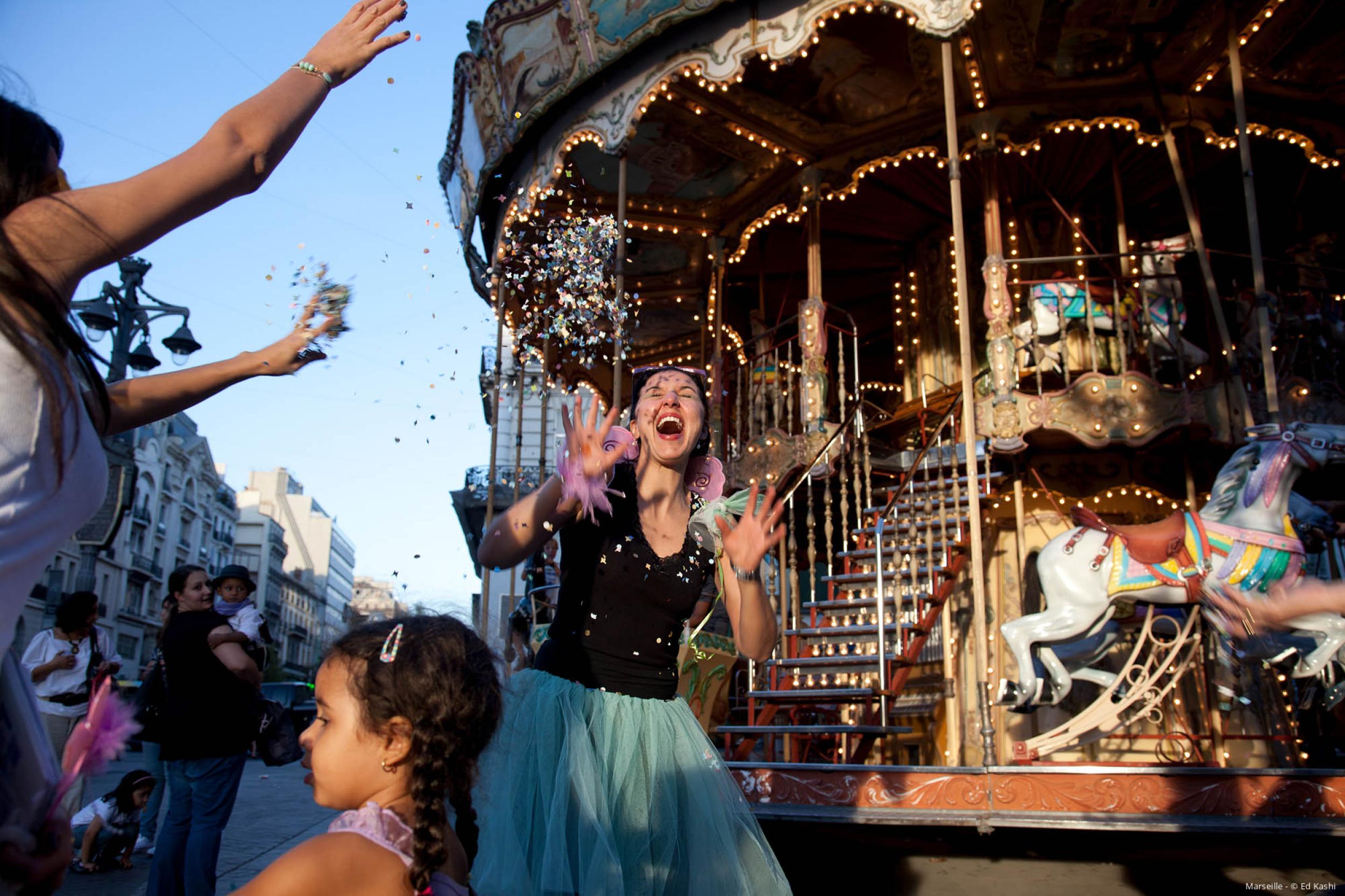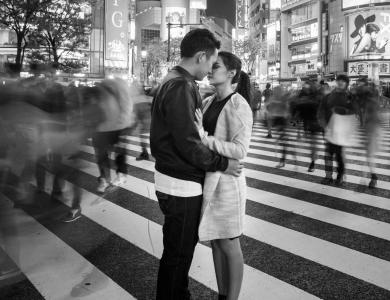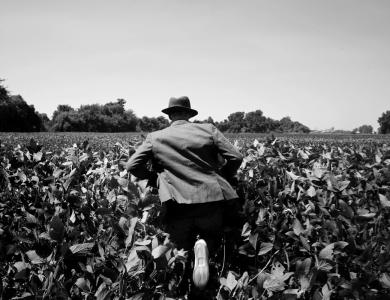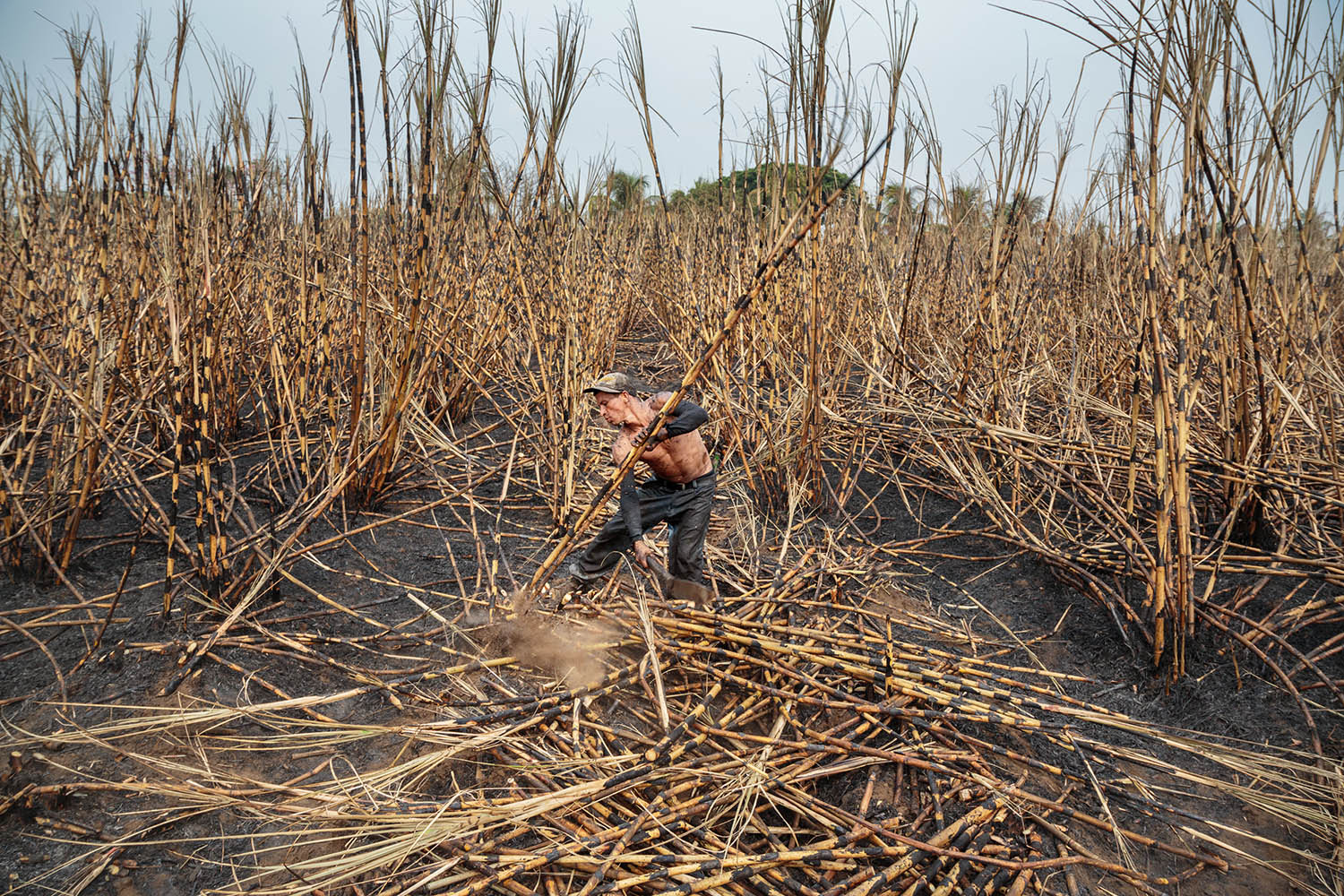
Successful in the Current Affairs category of the 2013 Sony World Photography Awards, as well as World Press Photo, Prix Pictet, PDN Photo Annual and many other prestigious photography awards, Ed Kashi has firmly established himself as one of the leading photojournalists of our time.
His adoption of early technologies and innovative ways of telling visual stories, including his smartphone coverage of Hurricane Sandy in 2012, has inspired many to push the boundaries of the medium. He says:
“I take on issues that stir my passions about the state of humanity and our world, and I deeply believe in the power of still images to change people’s minds. I’m driven by this fact; that the work of photojournalists and documentary photographers can have a positive impact on the world.”
Hi Ed, thanks for taking the time. Where in the world are you? Can you tell us what you’re working on?
I’m in India at the moment, in the midst of a one-month trip covering the impact of kidney disease, or CKDnt (Chronic Kidney Disease of non-traditional origins). This is my fourth year working on the issue, and I am now expanding my work into India. I’m working with a team of researchers and NGOs who are investigating if the same disease that we’ve seen as an epidemic in Central America is now happening in India. We believe it’s a worldwide phenomena, found mainly in hard working folks in rural areas with very hot climates. There might be a link to climate change, but most importantly, it’s a human rights issue. We have to protect our workers. I’m producing a short film and continuing my stills series on this issue as well.
Your series of smartphone images covering the aftermath of Hurricane Sandy were shortlisted for the Current Affairs category in the 2013 Sony World Photography Awards. What is your strongest memory from that time?
My strongest memory has to be driving through downtown Newark about one hour after the storm had landed. I felt the same anxiety and fear of impending tragedy that I had felt before in Iraq and other places of conflict. It was weird to experience that 5 miles from my home. That assignment was an eye opener and in some ways a glimpse into what the future was bringing. At the very least it showed what photojournalism could look like. Being able to cover breaking news and post images in real time was inspiring.
The event itself hit close to home, as we lost power for 8 cold nights, and a close neighbour had their house destroyed by a fallen tree. To cover something so near to home, considering I don’t normally pursue breaking news, was interesting and exhilarating.
"I’ve always looked ahead and been intrigued by new ways of completing my work. But the essence has always been the same: I’m a storyteller and reporter."
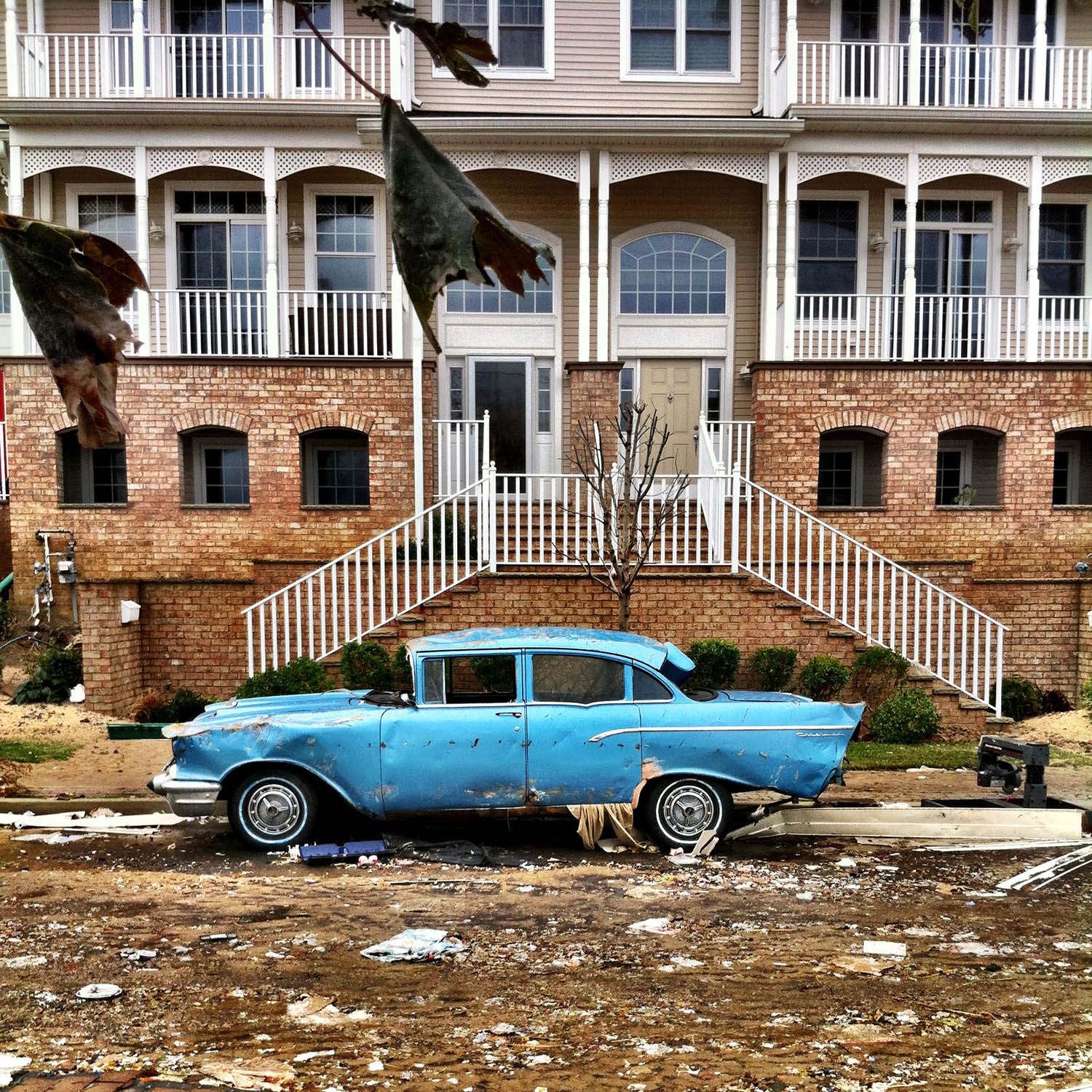
You’ve always been ahead of the game - producing moving image and smartphone work when perhaps not many others were doing so. How important do you think a willingness to embrace new technologies and alternative ways of visual storytelling will be for the next generation of photojournalists?
Embracing new technologies and ways of creating stories is not just exciting but also imperative in this current period of disruption we’re living and working through. I’m grateful that it comes organically to me as part of my ever-inquisitive mind. I’ve always looked ahead and been intrigued by new ways of completing my work. But the essence has always been the same: I’m a storyteller and reporter. I was brought up with a keen sense of political awareness and social justice, so I’ve always wanted to make a difference and contribute something meaningful to the issues my work is focused on.
“Embracing new technologies and ways of creating stories is not just exciting but also imperative in this current period of disruption we’re living and working through.”
For the new generation, there is often too much focus on the technical side of things, and quite often aesthetics are ruling how folks see and create their work. My belief is it’s more important what your work says than how it looks. That is not to say that beautiful and visually challenging work is not important. In fact, I try to combine both elements to produce the most powerful visual content. While we all have different reasons and purposes for creating our work, putting heart, soul, integrity and meaning will always prevail when it comes to photojournalism and reportage.
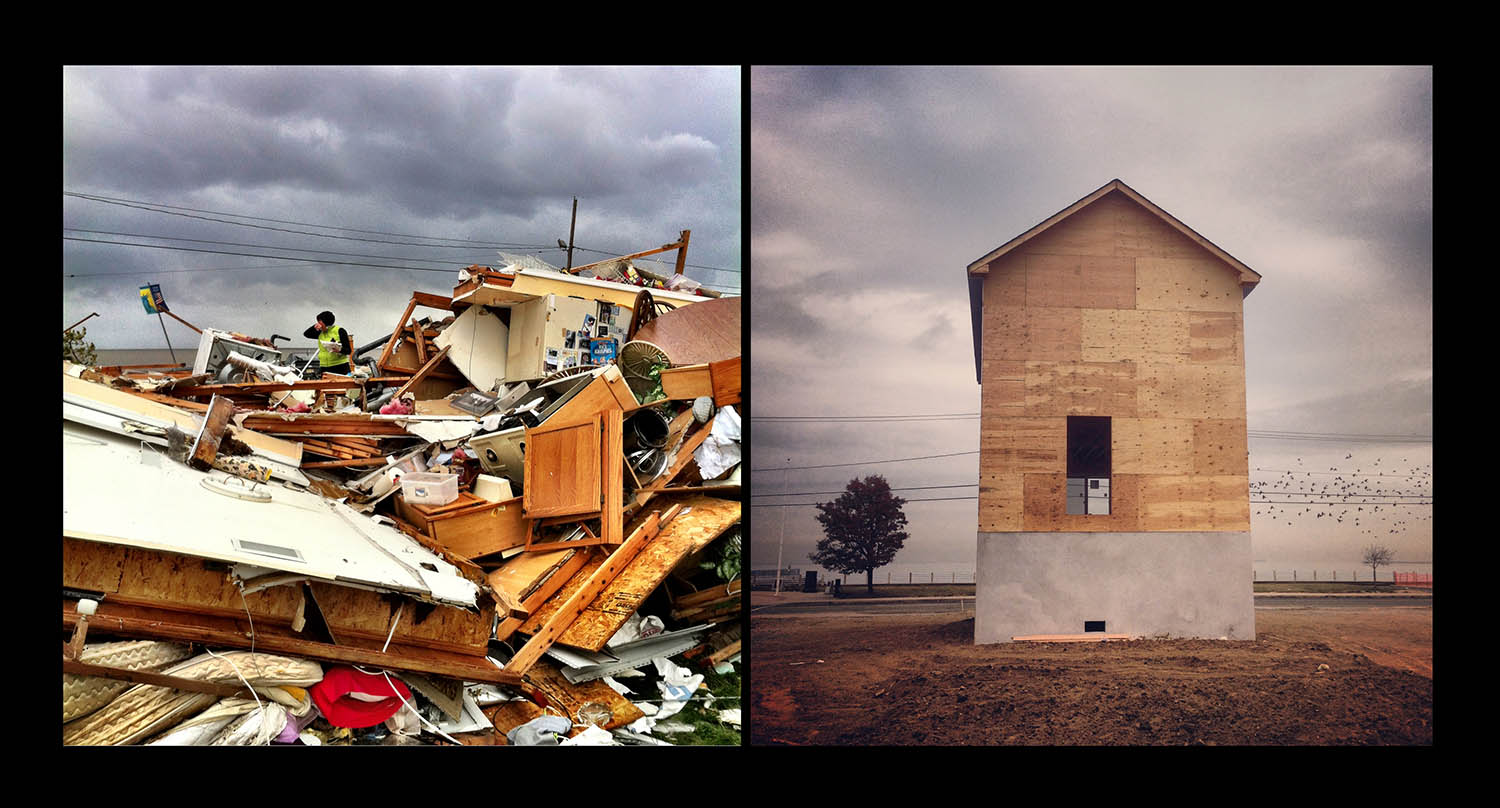
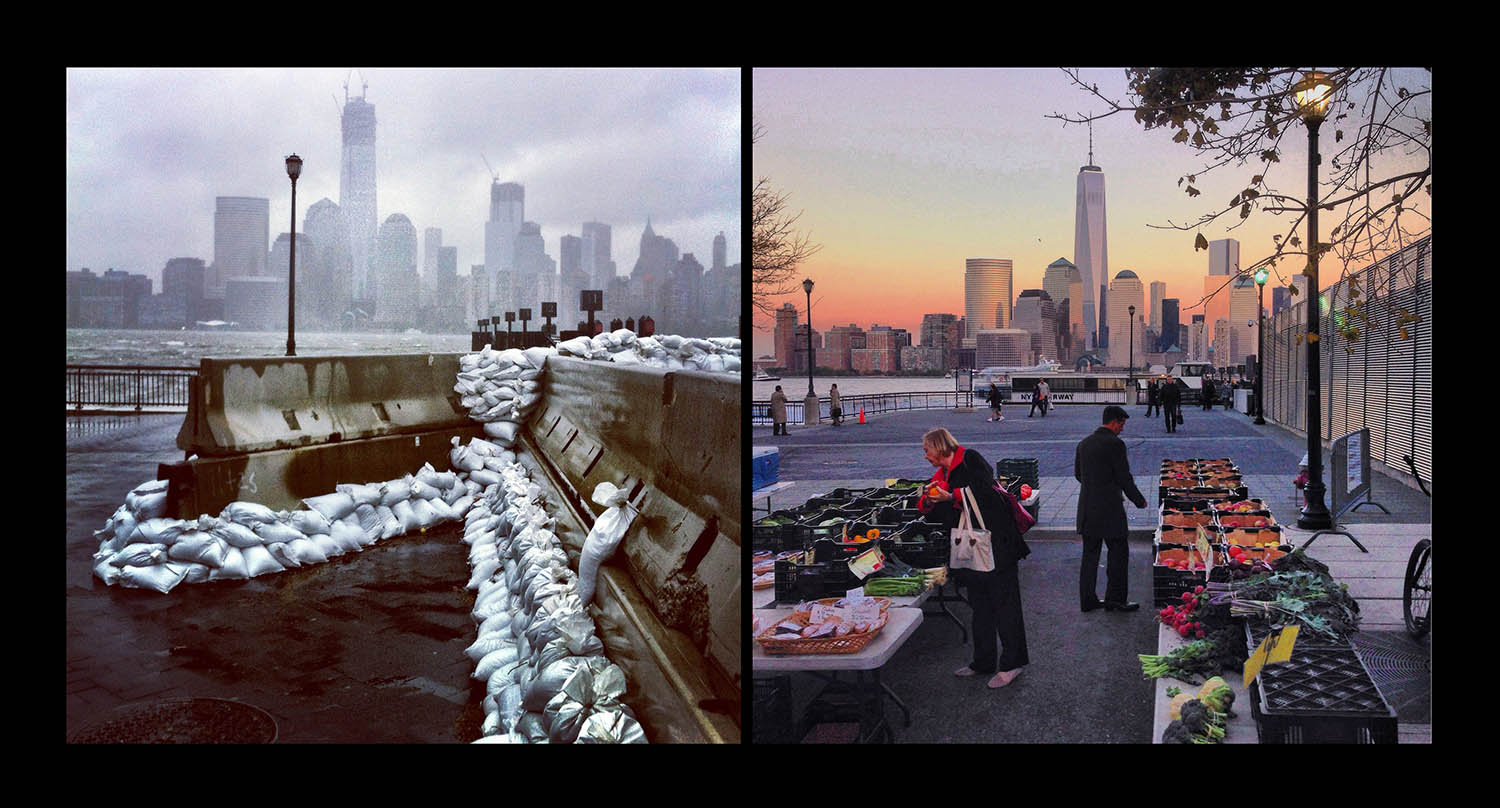
We have a lot of young photojournalists entering the awards each year. As someone as successful and established as yourself, why is it important that you still find the time to enter competitions such as ours?
Competitions in and of themselves can be meaningless and having judged a number of them, I know how subjective and prone to politics the decisions can be. However, they can be an important channel to get work seen, recognised and appreciated. Furthermore, contests are a way to get recognition for not only one’s self but for your collaborators, partners, and most importantly for the issues you are working on. For better or worse, competitions and contests remain relevant.
"While we all have different reasons and purposes for creating our work, putting heart, soul, integrity and meaning will always prevail when it comes to photojournalism and reportage."
Tell us more about your role as educator and mentor - which topics are dominating your talks with students the most at the moment?
I cherish my role as an educator and mentor. The VII Mentor program is something I am especially proud to be a part of. The two-way exchange of ideas, energy and passion help keep me feeling alive. My love for the craft and medium is continually renewed by these opportunities. These days I try to focus on 3 overarching areas; social media, advocacy work and visual storytelling.
These discussions then focus on questions surrounding the photo essay, how to develop visual narratives, the importance of the language of photography and how to stay humble through it all. Video and filmmaking continue to grow in prominence, especially as it informs my advocacy work.
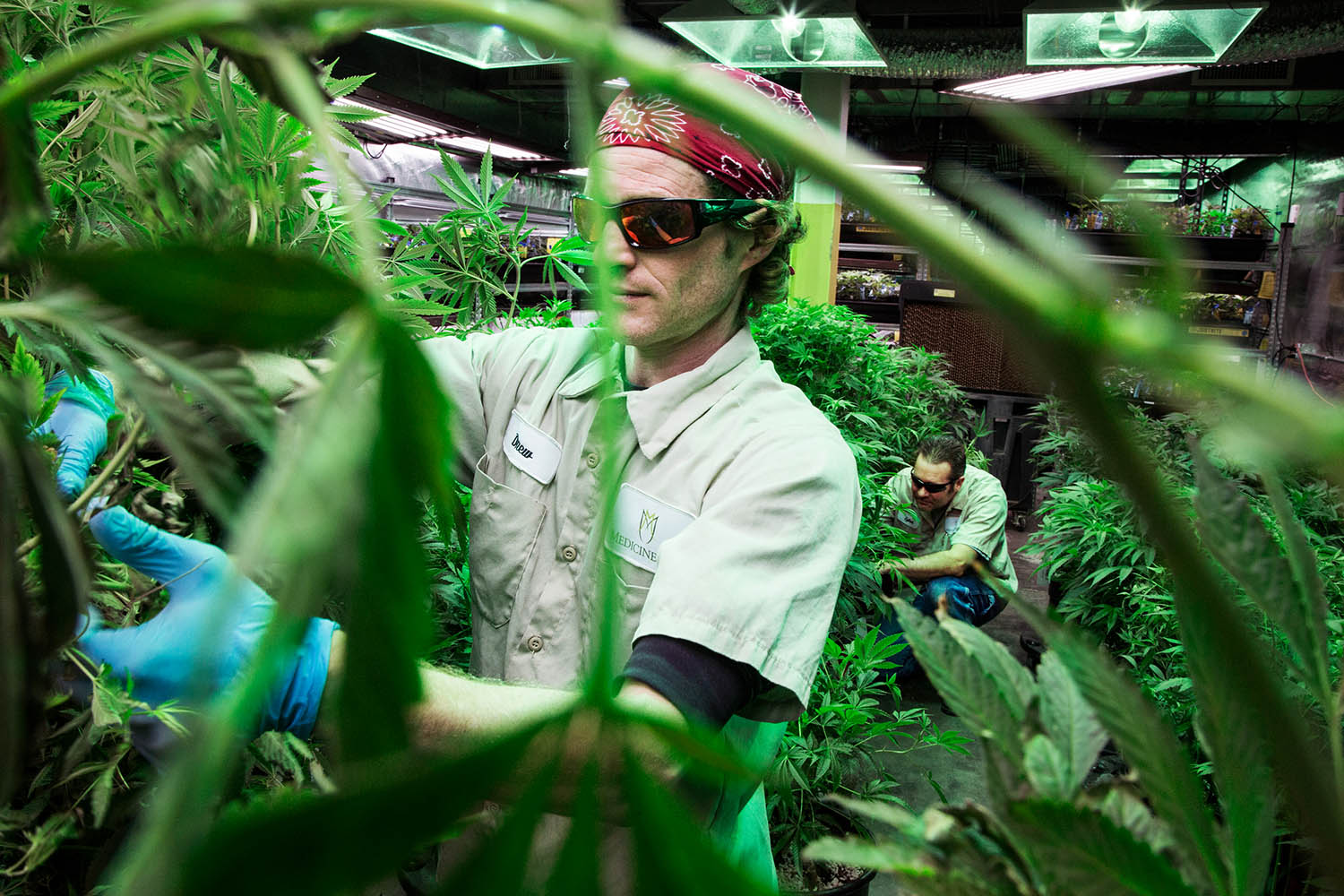
You have over 200k followers on Instagram. Talk to us about your relationship to the platform, and social media in general. Have your views changed over the years?
Instagram is a special space for me as a visual artist. It's a place where I can play with imagery like never before, experimenting with making double exposures, working with post production/darkroom tools I would never use in my 35mm work, and capturing pure moments in my daily life. It’s also a space where I can be very serious, publishing photo essays and advocacy work to raise awareness and help change minds about the issues of the day. Like most social media, it also allows for a two-way forum for dialogue and debate at times. It’s also a space where I can promote projects and issues that are important to me.
Authorship and control of my work makes Instagram the only channel that exists today where I am a photo publisher and can reach a growing audience without any gatekeepers. Simply put it's a space that does not exist anywhere else in photography today. Beyond Instagram, I use Facebook and Twitter as well as my blog to communicate to my growing audience. It’s a weird new form of publishing that is in turns self-referential but also wholly absorbing in how we talk to an audience and engage them in dialogue. At the very least, it’s an inexpensive way to promote not only my work and ideas, but also those of others.
Do you have a photographic philosophy?
My approach would be characterised as candid intimacy. I cherish getting intimate with my subjects to reveal their everyday moments while hopefully making the viewer feel empathetic and engaged. I am inspired by the idea that my work can make a difference, that the work of visual storytelling is as important as ever and that engagement and curiosity fuel these goals. By mastering the craft and language of photography and now video, I can remain engaged with the world and inspire others.
What’s next for you?
My schedule is quite hectic. I’m working on a handful of short and long films, alongside lecturing around the world, teaching workshops and helping to manage the affairs of VII. My wife, Julie Winokur, who runs Talking Eyes Media, and I are engaged in a 3 year documentary storytelling project on immigration with Rutgers University-Newark and VII Photo. This project is pioneering new ground between professional journalism, education and community activism. It is taking you back to my roots about how and why I do this kind of work in meaningful and groundbreaking ways. We are in year two and about to launch our second and third digital issues of newestamericans.com.

